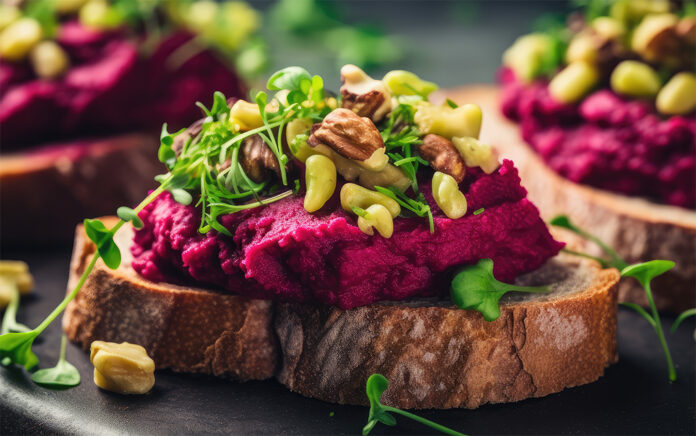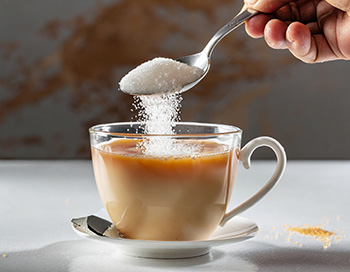Television chefs often refer to it as plating up but for whole food plant-based eaters the process of presenting great food really occurs one step back from the final act of styling it on the dinner plate itself.
Maybe the meal being prepared is just another dinner for the immediate household but, although we make an effort to go the extra mile when guests come around, good food presentation is still important for the family too.
The key, and probably the most important point to remember here, is that we humans are visual creatures – especially when it comes to food. We eat with our eyes. Subconsciously, it seems, we make a decision about the food in front of us before we even pick up a fork.
Studies have shown that the way food is presented can influence taste perception. For instance, symmetrical arrangements are often associated with balance and harmony, which might translate into a more enjoyable flavour experience.
With WFPB eating, there are some special considerations to take into account because the food we present is much more about an overall food regime than the creation of an optimal optical experience – although some of our popular plant-based chefs might take issue with that.
For a family, a wide range of nutrient and protein quantities must be taken into account. Has everybody been eating a good load of greens? What about the level of carbs and how much protein do my sports-mad teens require?
Presentation on the dinner plate itself is often left to individual eaters because they select their own food. Its final appearance on the plate can depend greatly on the time individual family members have at that moment. A daughter rushing out for training might ‘chuck’ what she wants into a bowl with little thought to presentation, after all, it’s food, its fuel and she’s here for a gobble ‘n go.’
Encouraging the family to select a wide range of colour for their plate is key here. The rest is all about food education and a longer, ongoing conversation.
From the presentation perspective though, simple tools, like inexpensive graters, blenders and slicers can help. Take the Julienne technique for instance. This is a method of preparing vegetables by cutting them into matchstick-shaped pieces.
Chef A J might be able to do this blindfolded with her back to the bench but for average-joe kitchen cooks (i.e. most of us) we don’t recommend it.
A slicer can also be used to create evenly sliced vegetables that are great for decorative purposes in salads or for manageable pieces in wraps. It’s a tool that can make food preparation and its final presentation much more fun and appealing.
One of the hangups some come into WFPB eating with is that food presentation should still look like something from a high-end restaurant. More than anything though, and something fast food has robbed us of; this is family engagement time.
WFPB eating is about encouraging family members, couples and friends to engage with their food more thoughtfully. Even simple dishes can be elevated with thoughtful plating, making everyday dining a pleasurable and mindful experience.






